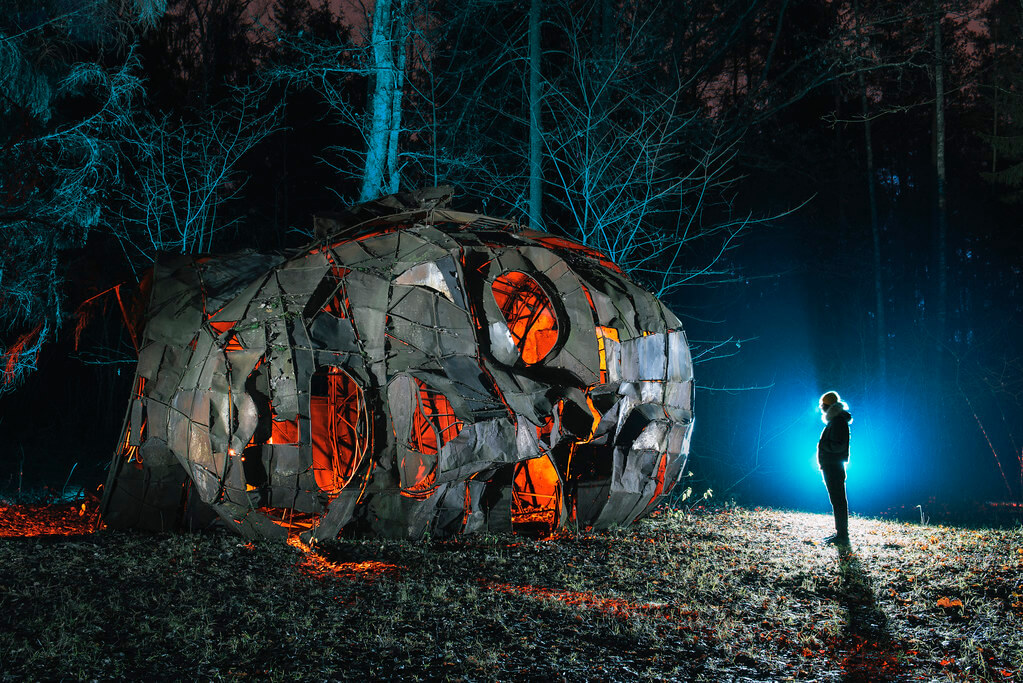Xiao Yang is a Chinese photographer who loves night photography, urban exploration, and light painting. Combining the three, she creates surreal works of art that look like scenes from science fiction. She’s especially drawn to abandoned buildings and concrete monuments, places that are “empty and eerily quiet at night in darkness.”
Currently based in Spain, Xiao has visited more than 40 countries, always packing her camera and looking for interesting locations to shoot. Though she doesn’t work as a photographer full-time, she admits that photography is her “full-time obsession.” She spends much of her free time either creating photos or doing research for her next photography trip since she travels often.
In fact, traveling is what first inspired her photography. In an interview with Irma Basheska Ristovska, she says that her “passion for photography and traveling have always been intertwined,” starting with a solo trip to Cambodia when she was 24 after she got her first DSLR.
Even her fascination with light painting began while traveling. She went on a trip to Bulgaria in 2012 and visited Buzludzha, an abandoned communist monument, with British photographer Mark O’Neill. Mark taught her the technique of light painting, and she was hooked. Since then, they’ve collaborated and traveled a lot together, particularly to the Balkan countries, where they’ve photographed many more monuments and abandoned places.
Epic Love in Buzludzha, Bulgaria

Buzludzha, Bulgaria
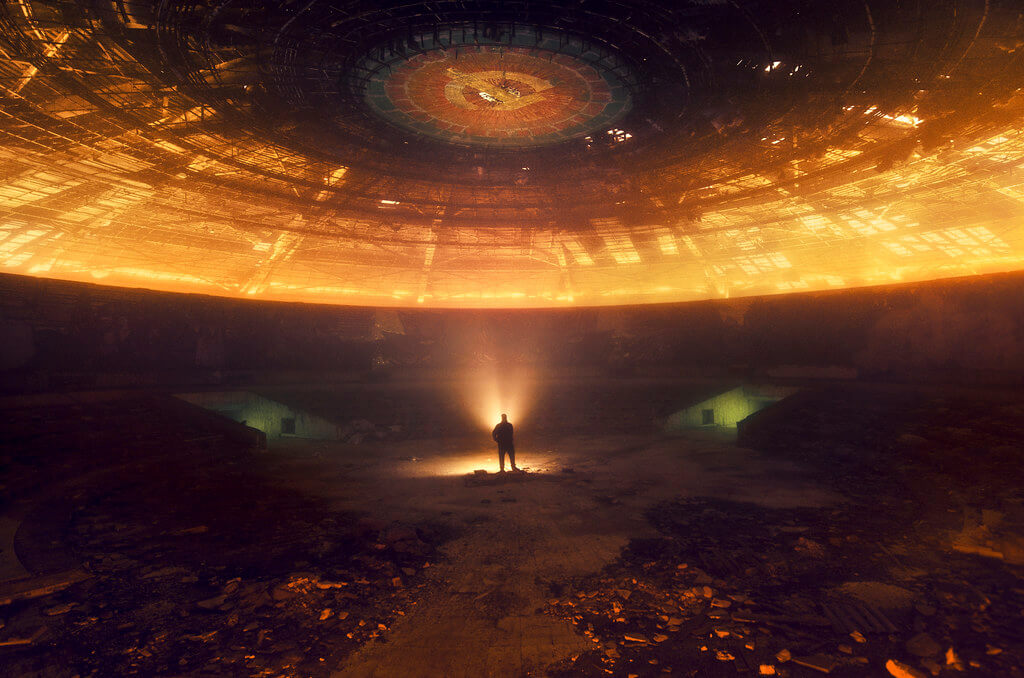
But Mark isn’t the only person she’s traveled and collaborated with. Because many of her shoots take place at night, she generally doesn’t travel alone for safety reasons but instead plans trips with friends, her husband, or other photographers from the urbex and light painting communities.
“It’s great to have company, since staying in an abandoned place, especially at night, can be quite risky. And not to mention I don’t know how to drive. And sometimes, I’m simply too short for accessing the place, especially if I need to go through a window or climb over a fence.”
Having a companion is also helpful for setting up lighting and having a model for the photos. Whoever joins her for these trips does need to be patient, though. “Because of the way I shoot, it usually takes quite a long time at night. Sometimes I do feel very sorry for my friends who have to wait for me in the dark, especially when it’s very cold and windy. So I’m really thankful to all my friends who have ever helped me during my trips.”
Sea of Clouds at Tjentiste War Memorial, Bosnia and Herzegovina
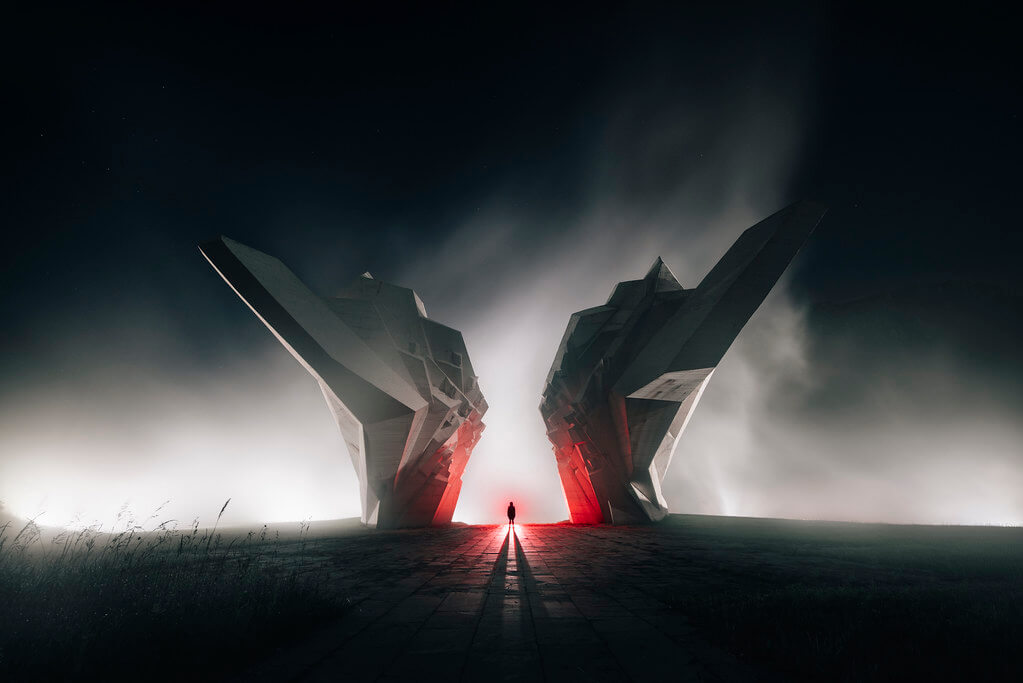
Shangyi Catholic School 2nd Visit
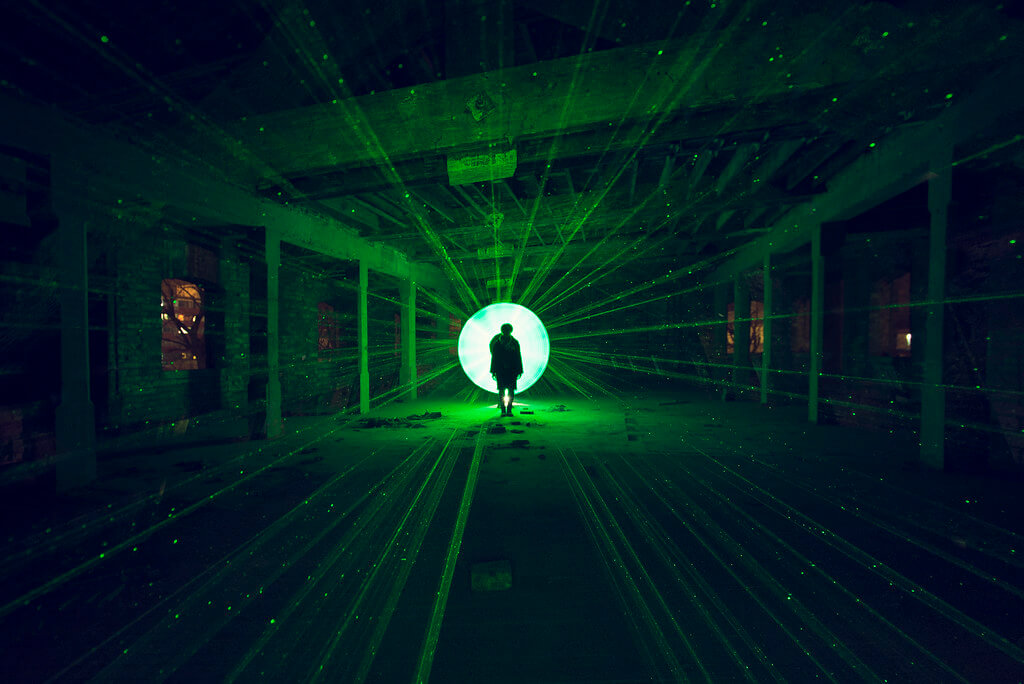
No matter where she goes, she’s most attracted to abandoned sites with brutalist architecture or a lot of concrete, like towers, bunkers, or underground tunnels. These locations are like “hidden wonders of the world” to her. She searches for and collects these places like treasures, neglected and lost to time.
Discovering these places takes a lot of time so that she rarely goes shooting in her day-to-day life at home. Instead, she spends her spare time doing research. Every trip takes an incredible amount of planning and information gathering. She’s spent hours and hours on Google maps alone, finding and marking locations.
“Most of the information I get online from related websites, Facebook groups or Instagram. I also collect them on my Pinterest by different categories or countries. Once I decide on a country to travel to, a month or two before the trip I will start searching for the exact location of the places and marking them all on the map. Sometimes it’s easy to locate them on the map, but most of the time there is no direct information about the coordinates. So I will just check Google map in the satellite view, and find them that way.”
Gligino Brdo, Freedom Hill Monument, Bosnia and Herzegovina
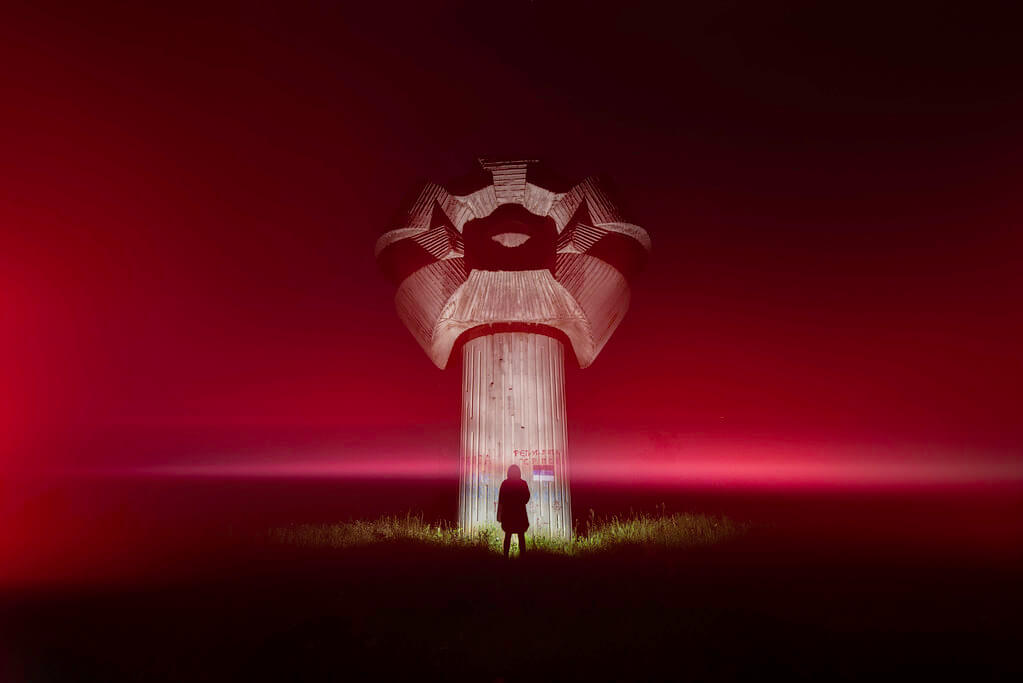
Dark Shadow Abandoned Church
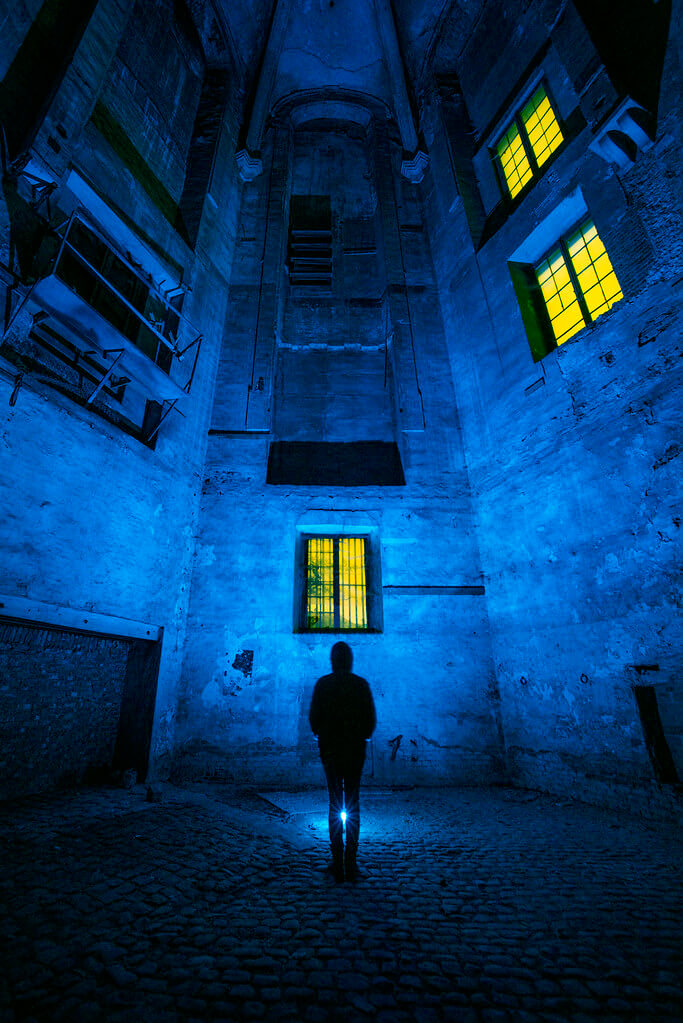
After discovering the locations, she then has to figure out how accessible they are, or if they even still exist. “Sometimes the place has been demolished, or the entrance has been sealed.” And if the place is accessible, she has to figure out what kind of light environment it has. “Sometimes there can be street lights or artificial light surroundings, which may ruin the picture.”
One way she’s dealt with these surrounding lights is by covering them up with bags or coats. That’s how she handled her shoot at the Makedonium monument in North Macedonia. First opened in 1974, the monument is still a tourist site today, which means there were many lights on the ground she had to cover in order to get the images she wanted.
Makedonium, Kruševo, North Macedonia
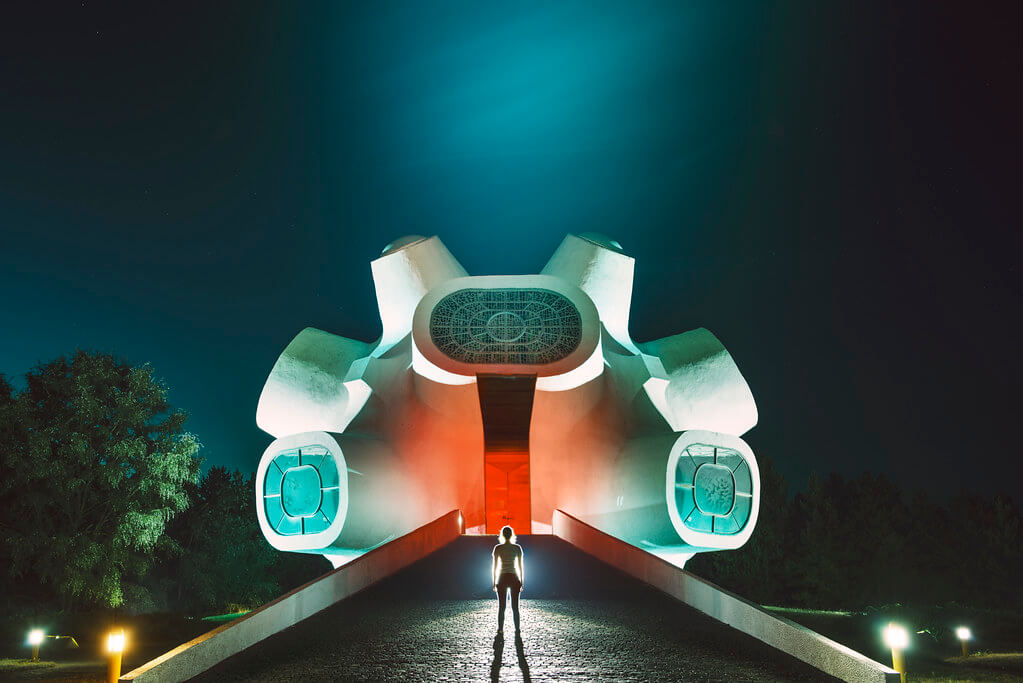
Landmarke Lausitzer Seenland, Senftenberg, Germany
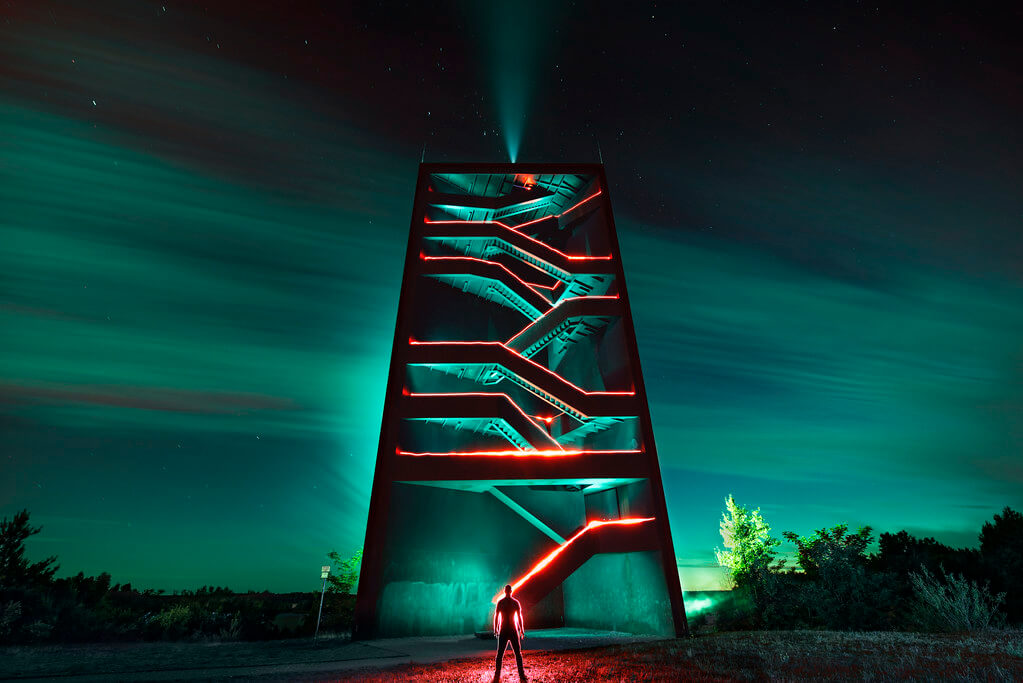
Even though her main focus is on abandoned places and monuments, she’s also in love with the night sky. Her love of night photography, with or without light painting, goes back to her growing-up years in Beijing. Because Beijing has a lot of light and air pollution, she never saw a clear night sky as a child. The first time she saw the entire Milky Way was as an adult when she visited an island in Spain called Menorca.
Seeing the Milky Way was a watershed moment for her. She says, “Watching the Milky Way in Spain really impressed me and dragged me into the world of darkness with light.” Even now, when she visits an incredible monument, she looks forward to seeing the night sky, too. “Moonlight, dramatic fluid clouds, lightning storms, and if we’re lucky enough, the amazing Milky Way will show up as well. You can never get tired of watching them.”
She may be obsessed – but it’s a beautiful obsession, giving her awesome experiences and an excellent, surreal portfolio.
To see more of Xiao’s work, visit her on Instagram or Flickr.
Monument to the Prespa Council, Oteshevo, Macedonia
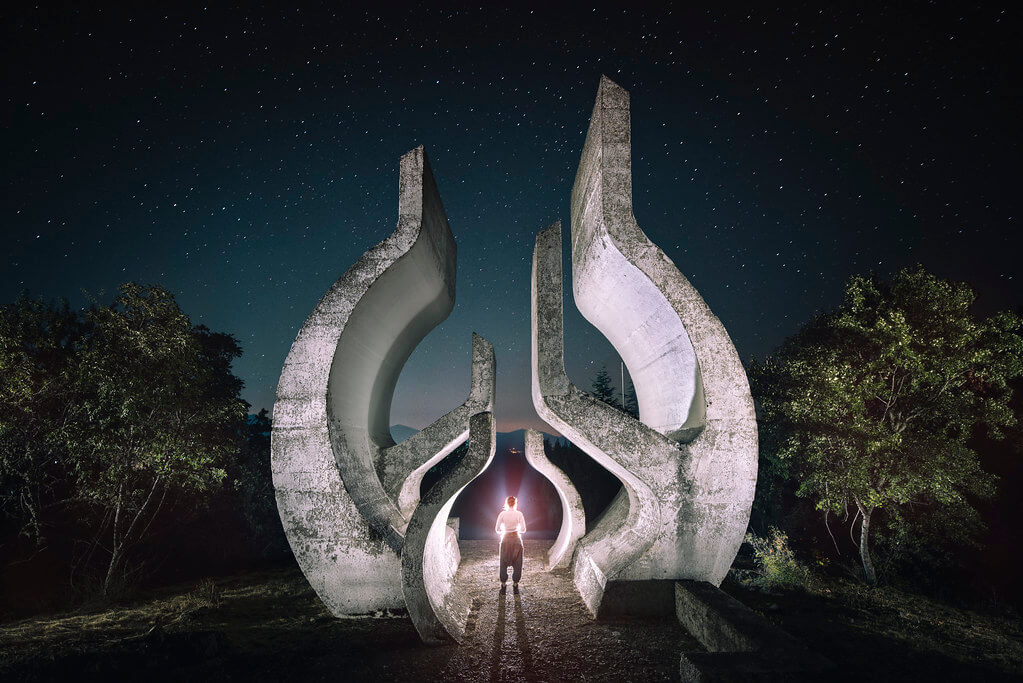
Monument to the victims of fascism (9th fort and monument), Kaunas, Lithuania
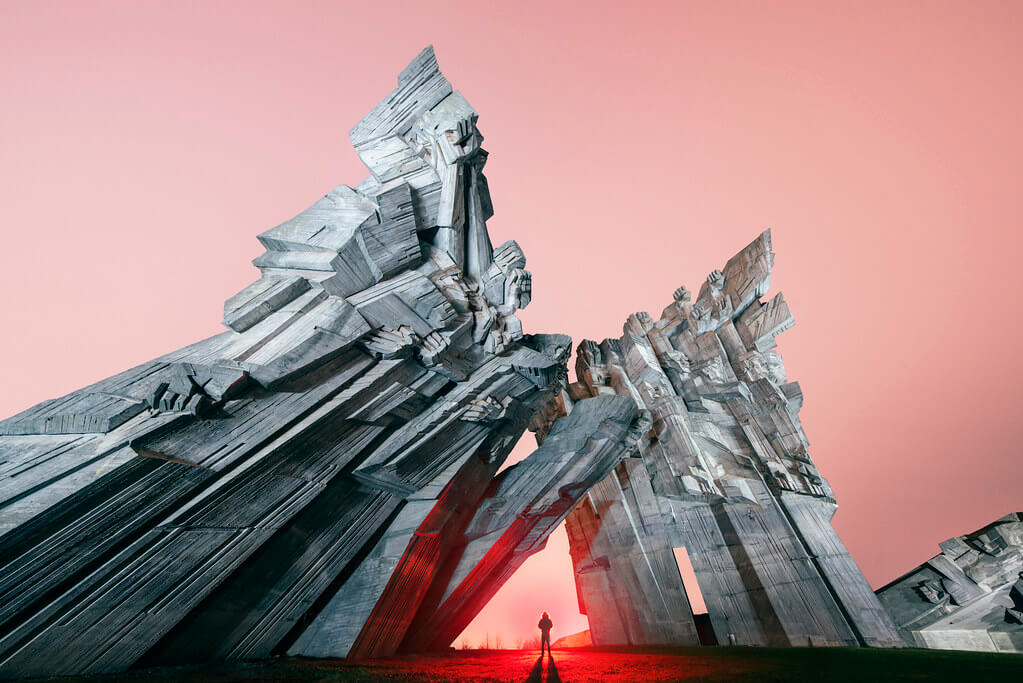
Monument to the Revolution of the people of Moslavina, Croatia (Podgaric Monument)
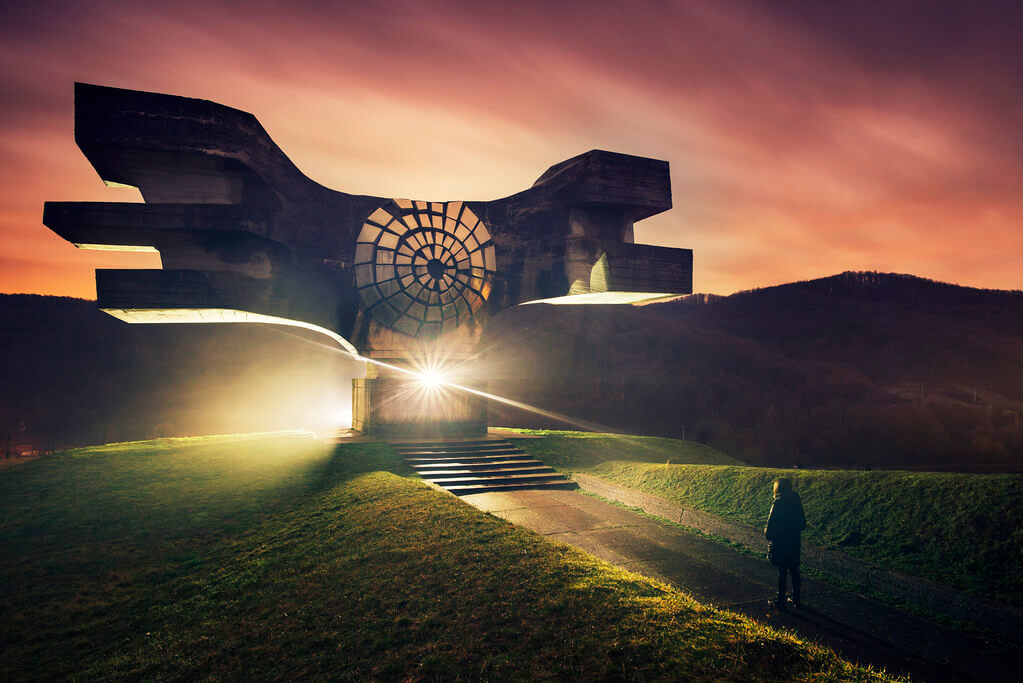
Men by the Sea, Mennesket ved havet, Denmark
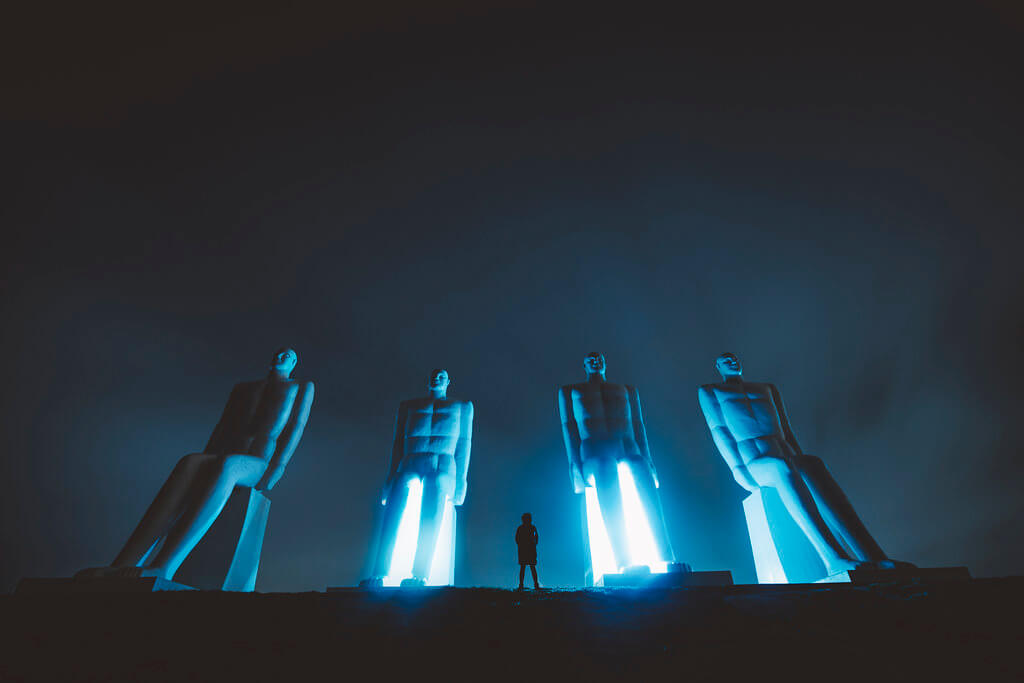
Bunker Mules, Blåvand, Denmark
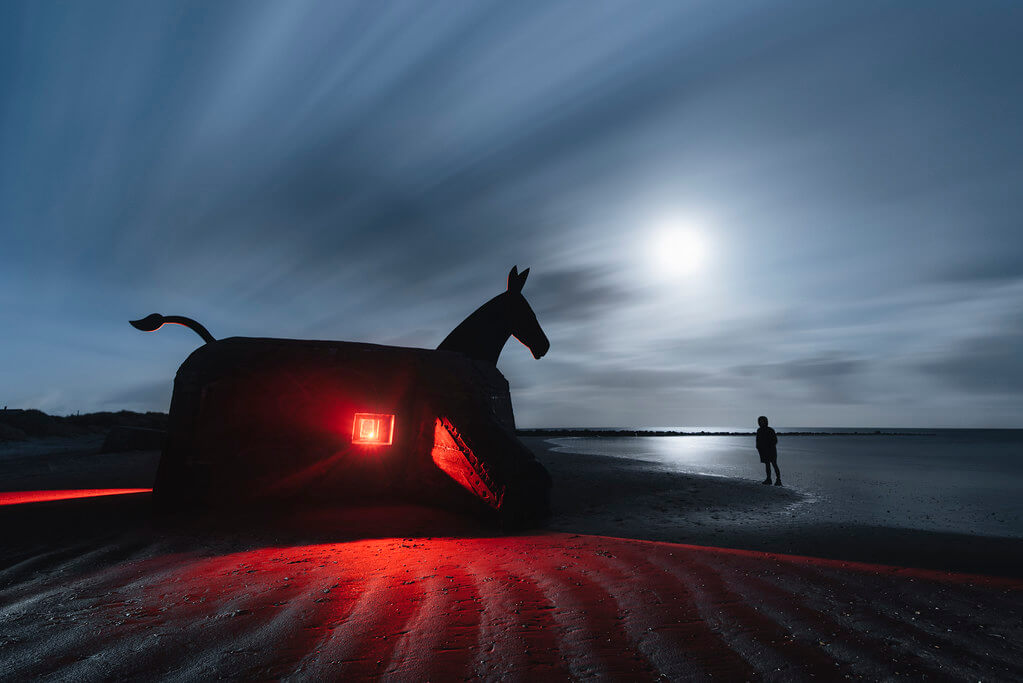
Radar 7010, Xuanhua, Hebei, China
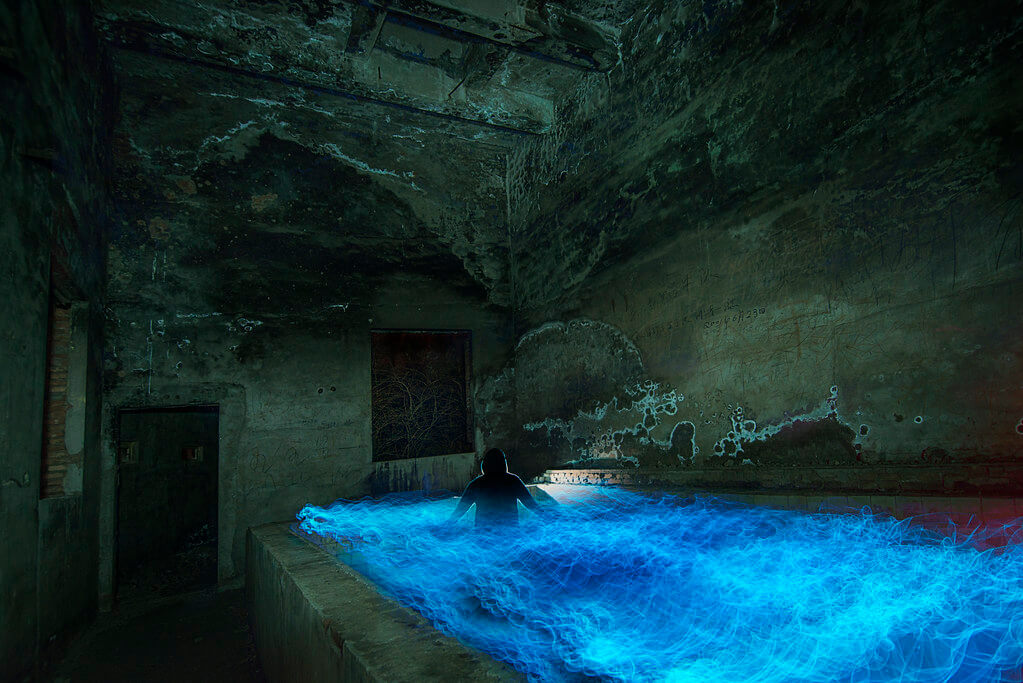
Dark Shadow, Belgium

Askoldova Drain, Kiev, Ukraine
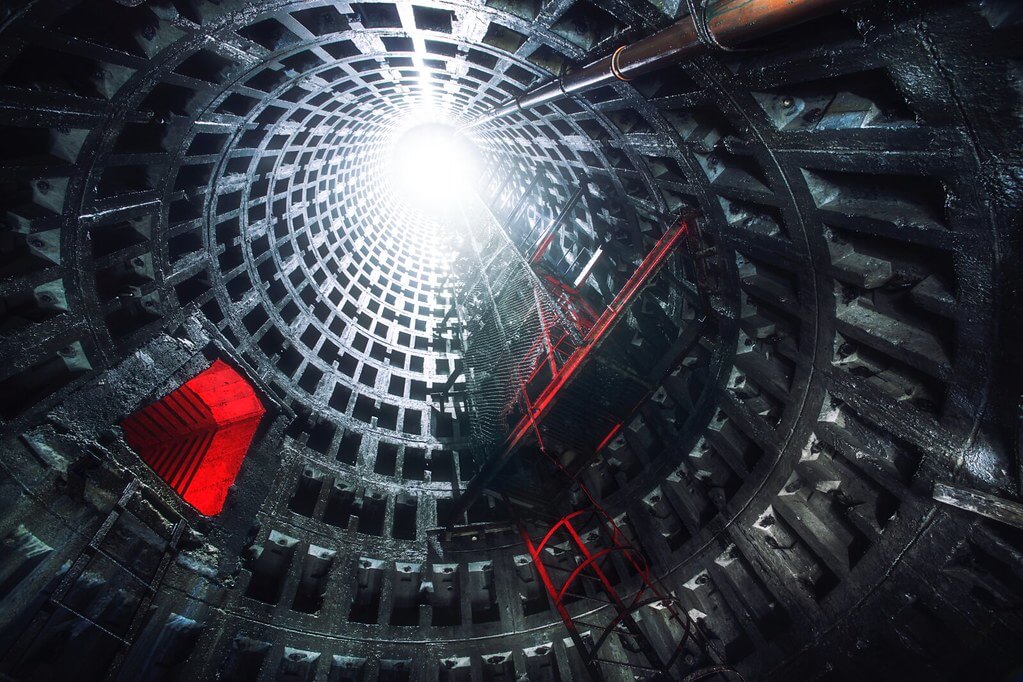
Fliegeberg, Berlin, Germany
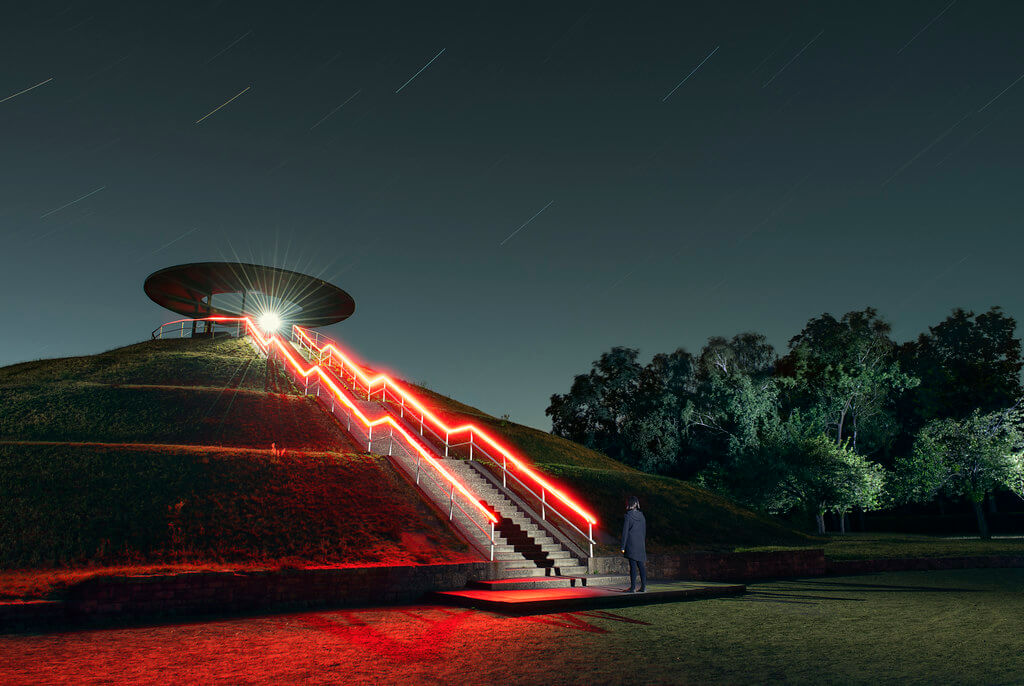
Soviet War Memorial (Treptower Park), Berlin, Germany
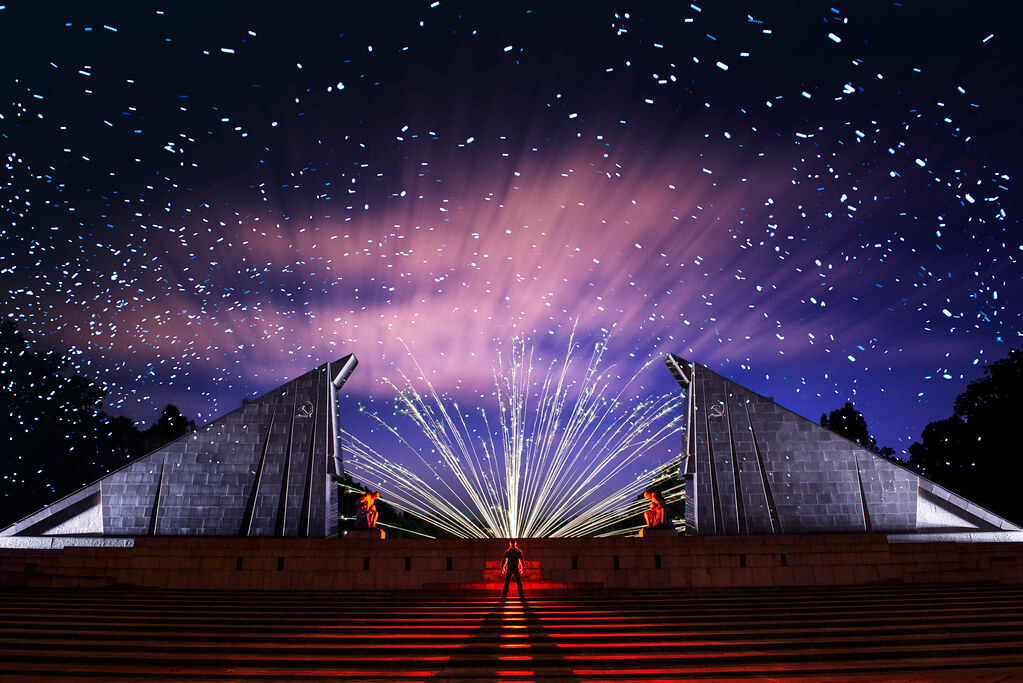
Monument to Fallen fighters of WWII (Spomenik Palim Borcima U Drugom Svjetskom Ratu), Nikšić, Montenegro
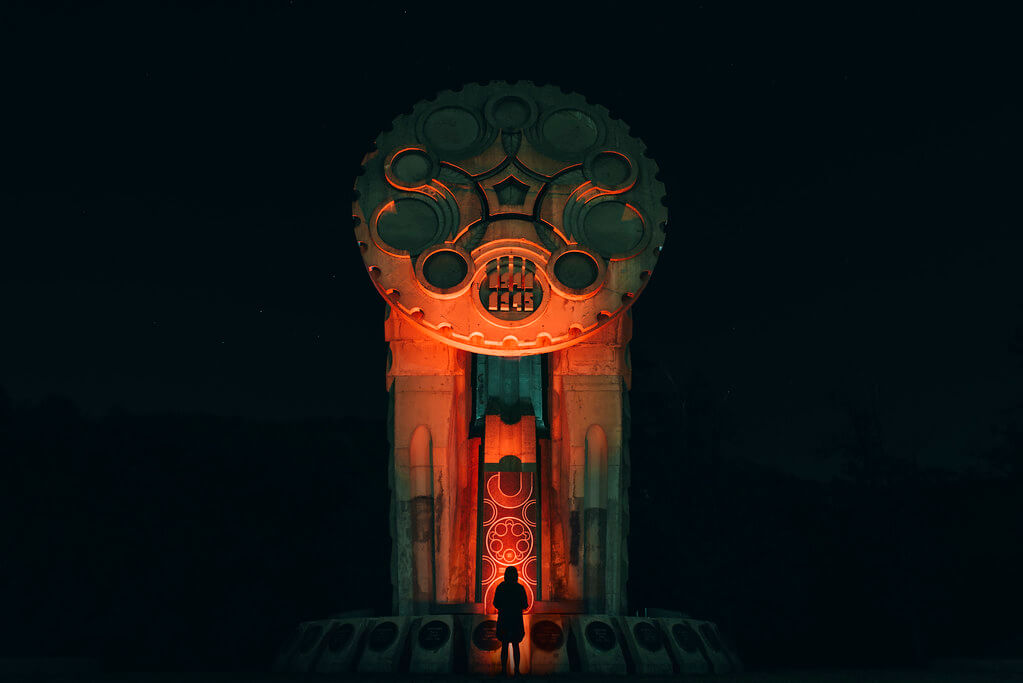
Europos Parkas, Lithuania
